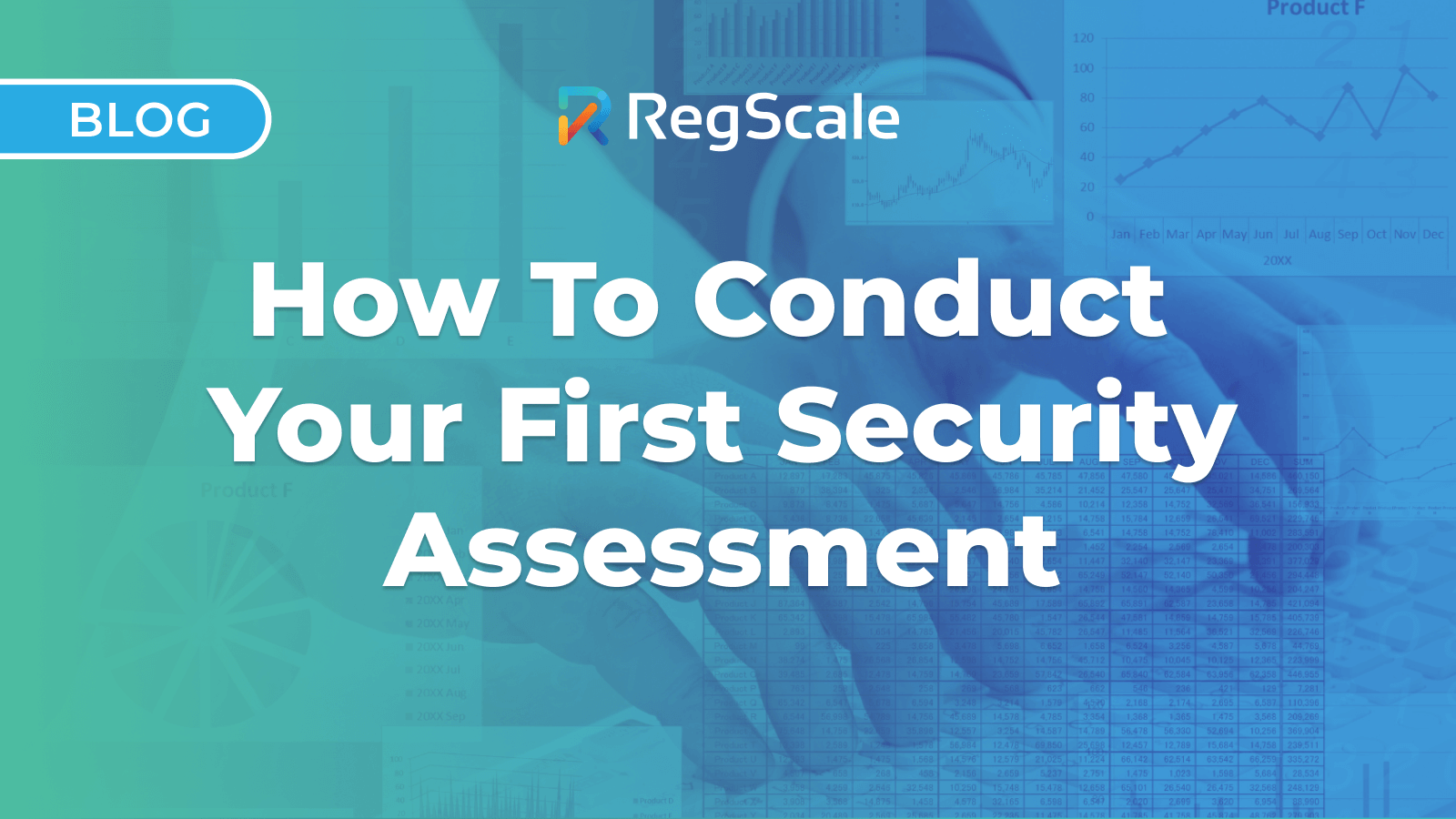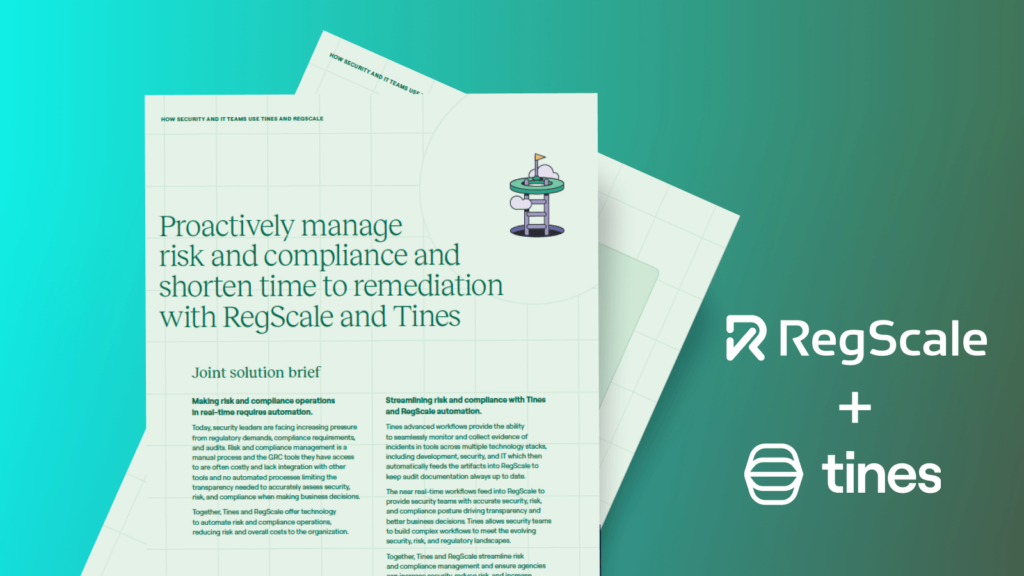
It’s 3 in the morning. While your company sleeps, a threat actor moves silently through your network architecture. They need just one overlooked security patch, one misconfigured setting, or one overprivileged account to gain a foothold.
Unlike Hollywood heists with blaring alarms and flashing lights, this kind of infiltration happens in absolute silence, with the potential for as much damage as any physical break-in.
The most powerful way to fight it? Knowledge. More specifically, comprehensive knowledge of your security posture gained through regular security assessments. These assessments are key for finding the hidden vulnerabilities in your defenses before malicious actors can exploit them.
Today, we’ll walk you through everything you need to know about security assessments: what they are, why they matter, and how to conduct your first assessment with confidence so you can safeguard your organization’s valuable digital assets.
What is a security assessment?
A security assessment is a systematic evaluation of an organization’s information systems, networks, and overall security posture to identify vulnerabilities, weaknesses, and potential risks. It can examine both technical and non-technical aspects of security controls with the aim of assessing how well an organization’s security measures protect against potential cyberattacks.
Unlike a simple security audit that may only check for basic compliance with a regulation, a thorough security assessment involves a much deeper analysis of existing safeguards, access controls, and security policies. The process typically involves several key elements:
- Identifying critical assets and sensitive information
- Evaluating existing security systems and controls
- Discovering vulnerabilities and misconfigurations
- Analyzing potential impact from security issues
- Prioritizing risks based on severity and likelihood
Most security assessments follow established methodologies aligned with industry security standards such as NIST, ISO, CIS, or specific regulatory frameworks like HIPAA or PCI DSS. These frameworks provide a structured approach to evaluating security practices and identifying areas for improvement.
By conducting regular security assessments, organizations can proactively address vulnerabilities before malicious actors exploit them, strengthen their overall security strategy, and reduce the likelihood of a data breach.
Why conduct a security assessment?
Given the sophistication and frequence of cyber threats — not to mention the ever-growing number of regulatory requirements — regular security assessments have become essential rather than optional for organizations of all sizes.
Security assessments provide critical visibility into your security posture, revealing vulnerabilities that might otherwise remain hidden until exploited by threat actors. By identifying weaknesses in your systems before attackers do, you gain a significant advantage in the ongoing battle against cyber threats.
Security assessment data can also make risk management and regulatory compliance much more effective. With better data, organizations can make better decisions about where to allocate security resources, ensuring that limited cybersecurity budgets address the most critical security issues first. They can also demonstrate due diligence to auditors, customers, and stakeholders while avoiding costly penalties for non-compliance.
The financial implications of neglecting security assessments can be severe. The average cost of a data breach now exceeds millions of dollars when accounting for incident response, legal fees, reputation damage, and lost business. Regular assessments represent a fraction of these potential costs while significantly reducing the likelihood of a successful attack.
Perhaps most importantly, security assessments foster a culture of continuous security improvement. By establishing baseline measurements and tracking progress over time, companies can demonstrate tangible improvements in their security programs. This in turn builds valuable confidence among leadership, customers, and partners.
Types of security assessments
Security assessments come in many different forms, each designed to evaluate different aspects of an organization’s security landscape. Understanding these distinct approaches can help your company select the most appropriate assessment type based on your specific security requirements and objectives.
- Vulnerability Assessments focus on identifying, quantifying, and prioritizing vulnerabilities in systems and applications.
- Penetration Testing takes vulnerability assessment a step further by actively attempting to exploit discovered vulnerabilities. Ethical hackers may simulate real-world attacks to determine if vulnerabilities can be successfully exploited to gain unauthorized access to systems or sensitive information.
- Risk Assessments examine both the likelihood and potential impact of various security threats.
- Application Security Assessments specifically target software applications, examining both code and configuration for security flaws.
- Cloud Security Assessments focus on evaluating security controls and configurations within cloud environments. This specialized assessment addresses unique challenges in cloud deployments, including shared responsibility models, identity management, and data protection across distributed infrastructures.
- Physical Security Assessments examine the physical safeguards protecting information assets, including building access controls, surveillance systems, and other environmental controls.
Comprehensive security assessments may combine multiple assessment types to conduct a holistic evaluation of an organization’s security posture. This is one of the best ways to get an in-depth analysis across technical, physical, and administrative security domains and create a complete picture of security effectiveness.
How to conduct your first security assessment: a step-by-step guide
While there’s no one-size-fits-all approach to security assessment, here are some best practices to get you started.
Step 1: Define your scope and prepare your resources. Begin by clearly identifying which systems, applications, networks, and physical locations will be included in your assessment. Determine whether you’re focusing on compliance with specific standards like NIST, ISO, or PCI DSS and select an appropriate assessment methodology that aligns with your objectives. You’ll also want to assemble a team with the right mix of security expertise.
Step 2: Inventory and classify. Conduct a thorough inventory of all the relevant information systems, applications, and data repositories within your organization. Categorize this inventory to prioritize your security testing on systems that present the highest risk to your organization.
Step 3: Perform comprehensive vulnerability scanning. Deploy automated vulnerability scanning tools to identify known vulnerabilities, misconfigurations, and missing patches across your infrastructure. This technical assessment reveals potential entry points for cyber threats and establishes a baseline of your current security posture to measure against future improvements.
Step 4. Evaluate your security controls. Assess the effectiveness of your existing security controls — including access controls, network security, application security safeguards, and physical security measures. Review how security policies have been implemented, especially around sensitive information, and whether they adequately meet compliance requirements.
Step 5. Test your incident response and remediation capabilities. Review your organization’s ability to detect and respond to security incidents through tabletop exercises and analysis of existing security systems. This evaluation helps identify gaps in your incident response procedures and ensures your security teams can effectively mitigate threats when they occur.
Step 6. Analyze the findings and prioritize your next steps. Examine your assessment results and create a remediation plan with clear ownership and reasonable timelines. The goal is to address the highest-risk security issues first while balancing security improvements with operational needs.
Step 7. Document, report, and establish an ongoing assessment schedule. Create a process for documenting your assessment findings and sharing them with key stakeholders like executive leadership. Establish an ongoing assessment schedule, recognizing that security assessment is not a one-time event but a continuous process that must evolve alongside emerging security threats and changing business requirements.
Enhance visibility into your security posture with RegScale
As organizations contend with increasingly complex security threats and regulatory requirements, the need for efficient, proactive security assessment processes has never been more critical.
RegScale’s intelligent, AI-driven GRC platform integrates seamlessly with your existing security tools to provide real-time visibility into your security posture. Unlike traditional assessment methods that capture only point-in-time snapshots, RegScale’s continuous monitoring capabilities deliver ongoing insights into vulnerabilities, compliance status, and more. Our automation tools and comprehensive, customizable dashboards provide tailored visibility into the security and risk metrics that matter most to your business.
By leveraging RegScale to automate compliance and enhance visibility as part of your broader security assessment strategy, your organization can transform from reactive, manual checkbox exercises to proactive, future-proof risk management.
To learn more, visit our resource center.
Ready to get started?
Choose the path that is right for you!
Skip the line
My organization doesn’t have GRC tools yet and I am ready to start automating my compliance with continuous monitoring pipelines now.
Supercharge
My organization already has legacy compliance software, but I want to automate many of the manual processes that feed it.
